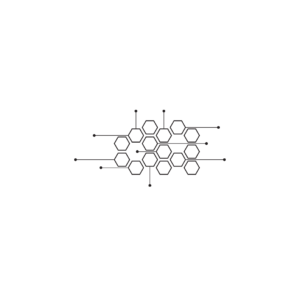Description
The Diploma in Vocational Education (D.Voc) in Art Direction is a specialized program aimed at training students in the creative and technical aspects of visual design for film, television, advertising, and various media productions. An Art Director plays a crucial role in the overall aesthetic and visual storytelling of a project, working closely with directors, designers, and other crew members to create compelling visual environments.
Course Details:
Duration: Typically 1 to 2 years, depending on the institution.
Eligibility: Candidates usually need to have completed their secondary education (10th or 12th grade). A background in fine arts, design, or related fields can be beneficial but is not always required.
Mode of Study: The program is typically offered as a full-time course that combines theoretical knowledge with practical experience.
Curriculum:
The curriculum for a Diploma in Art Direction generally includes the following key areas:
1. Introduction to Art Direction
Role of the Art Director:
Understanding the responsibilities of an art director in different media, including film, television, and advertising.
Principles of Visual Storytelling:
Exploring how art direction contributes to the narrative and emotional tone of a project.
2. Design Fundamentals
Elements of Design:
Study of the basic elements of design?color, shape, line, texture, and space?and their application in visual composition.
Design Composition and Layout:
Techniques for creating effective layouts and compositions for set design, graphics, and advertising materials.
3. Set Design and Production
Understanding Set Design:
Basics of designing sets for film, television, and stage, including spatial planning and functionality.
Materials and Construction:
Knowledge of various materials and techniques used in building sets, props, and other design elements.
4. Visual Arts and Typography
Exploring Visual Arts:
Familiarity with different visual art forms, including illustration, painting, and sculpture, and how they inform set and production design.
Typography:
Understanding the role of typography in visual composition and its application in branding and advertising.
5. Color Theory and Application
Color Psychology:
Examining how color influences mood and perceptions in visual storytelling.
Color Schemes and Palettes:
Developing color palettes for projects that reflect the desired emotional response and aesthetic.
6. Collaboration and Project Management
Working with a Creative Team:
Learning effective communication and collaboration techniques with directors, producers, and other designers on a production.
Project Management Skills:
Understanding the organizational aspects of art direction, including budgeting, scheduling, and resource management.
7. Practical Experience
Hands-On Projects:
Engaging in real-world projects that involve designing sets, props, and visual elements for short films, advertisements, or theater productions.
Portfolio Development:
Creating a professional portfolio that showcases design work and artistic vision.
Assessment:
Assessment in this program typically includes:
Practical Exams:
Completing design assignments and projects to demonstrate artistic and technical skills.
Portfolio Review:
Evaluating the student?s portfolio to assess creativity, design principles, and overall skill development.
Written Examinations:
Testing knowledge of design principles, art direction processes, and industry practices.
Career Opportunities:
Graduates of the D.Voc in Art Direction can pursue various career paths, including:
Art Director: Leading the visual aspects of film, television, or advertising projects and overseeing the art department.
Set Designer: Designing physical locations and sets for film, television, theater, and live events.
Production Designer: Creating the overall visual concept of a production, including sets, props, and locations.
Visual Effects Artist: Working on the integration of visual effects into films and media, focusing on design and aesthetic elements.
Graphic Designer: Applying art direction skills in graphic design, creating visual content for print and digital media.
Freelance Art Professional: Offering services as an independent art director or designer for various projects and clients.
This diploma program is ideal for individuals with a strong interest in visual arts and design, who want to develop the necessary skills to succeed in the competitive field of art direction. If you have any further questions or need more information, feel free to ask!









